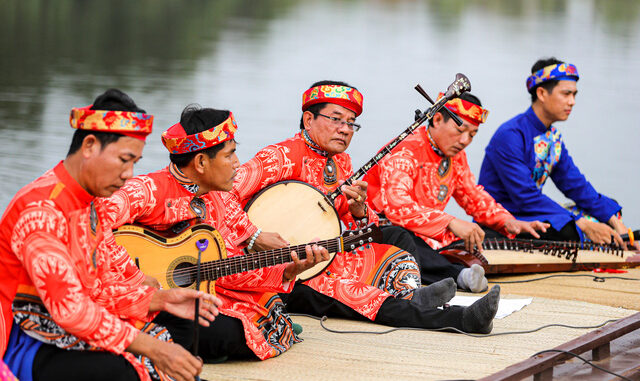
Don Ca Tai Tu also known as the Southern folk song, is a kind of musical art featuring both scholarly and folk roots, which flourished in Southern Vietnam in the late 19th century. Don Ca Tai Tu is said to reflect the lifestyle of Southern people who live and work on the land and rivers of the Mekong Delta region. The music type helps locals to express all feelings and emotions, industriousness, generosity, and courage of their own and has become popular with every visitor both domestic and international.
Includes a combination of music and singing, often performed by traditional instruments such as dan day, dan tranh, dan nguyet, dan kim, and dan tranh bau.
The art of amateur music is often performed during festivals, wedding parties, or intimate meetings. Its music is characterized by Southern folk songs, combining fast and slow rhythms and blending unique sounds from different types of instruments.
Don Ca Tai Tu has influence in 21 southern provinces and cities. It originates from the combination of Hue court music and folk literature from the late 19th century.
History
The origin of Southern Don ca tai tu is related to Hue royal court music and originated from the Central region at the end of the 19th century. After the fall of Hue Capital in 1885, many people fled to the South and Combined Hue royal court music with Southern folk elements to create Don Ca Tai Tu.
At the end of the 19th century, three musicians from the Central region, Nguyen Quang Dai (Nguyen court musician), Tran Quang Quon and Le Tai Khi, created Don ca tai tu.
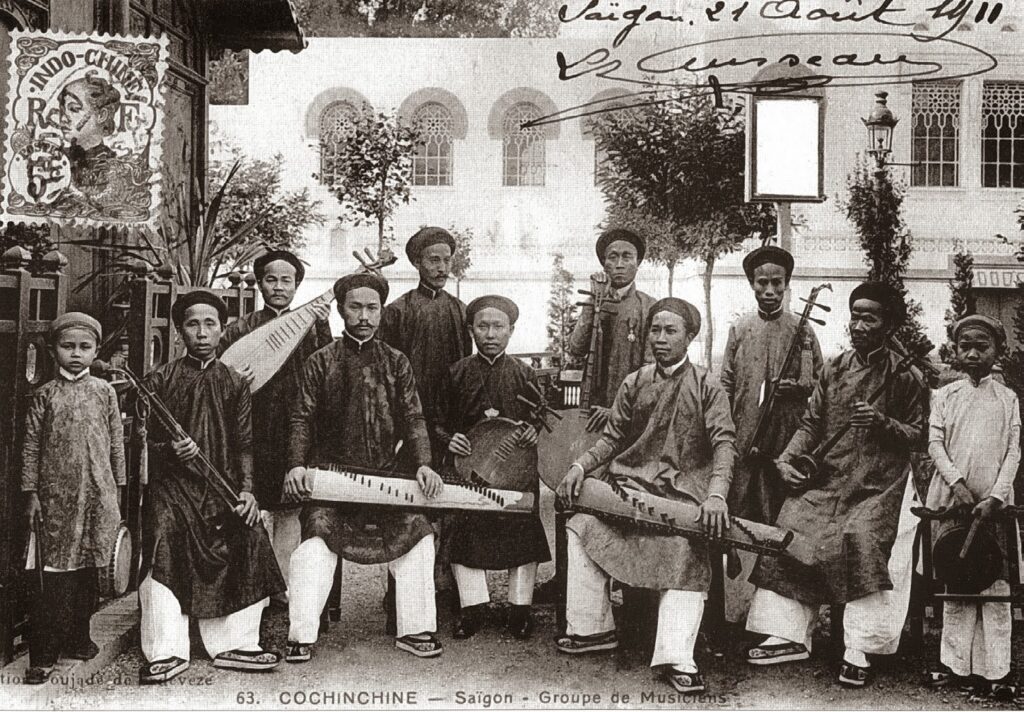
This art has been adapted and created to suit performance situations. The name “Southern amateur music” comes from the fact that Southern amateur music has 5 main notes and available songs where the composer only needs to adapt the words to suit the music.
Feature of Don Ca Tai Tu
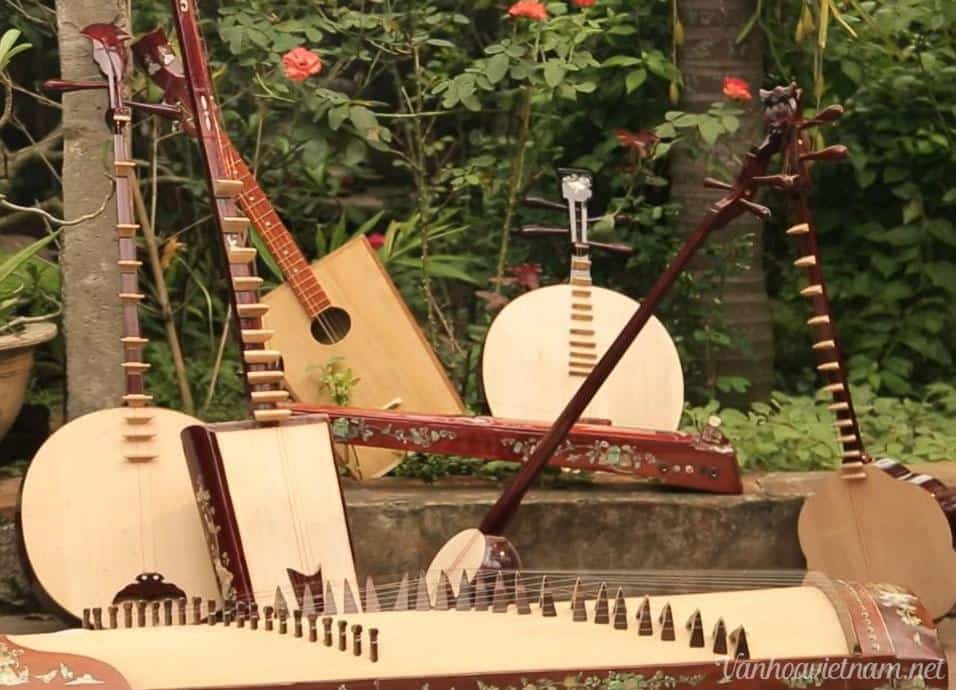
Musical instrument
Southern amateur music uses traditional musical instruments such as dan kim, dan tranh, dan ty ba, and dan tam, and is often performed in duets, trios, or ensembles. Flute can also be used.
The orchestra often sits in the same place to show off its talent and artistic style. In addition to traditional musical instruments, Southern amateur music has also been introduced and developed by using other instruments such as concave key guitar, violin, and Hawaiian guitar.
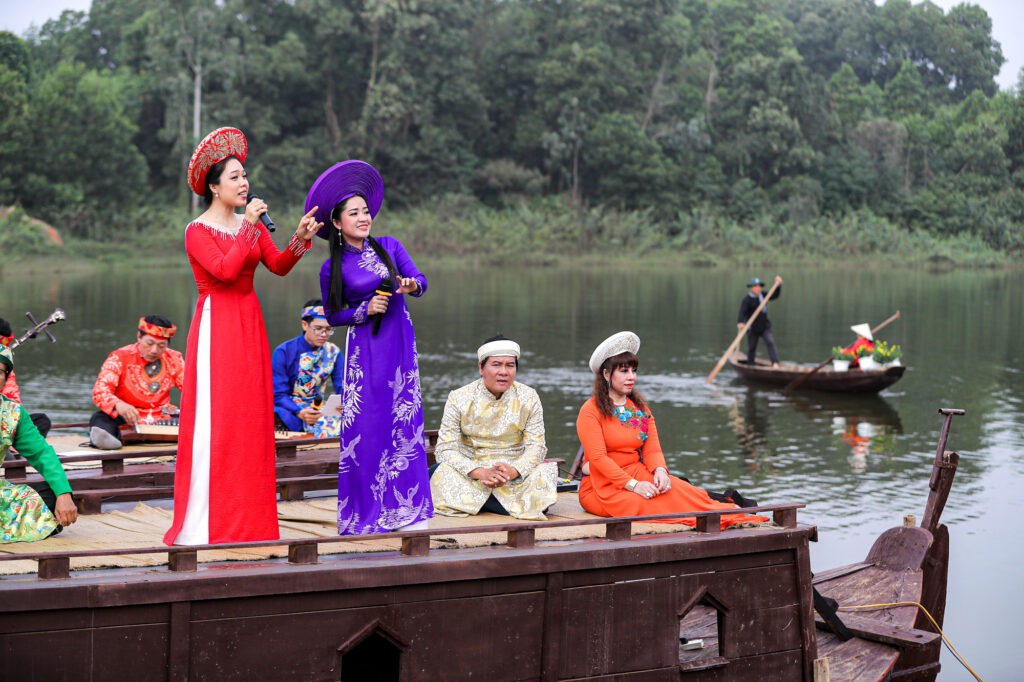
Costume
The art of Don Ca Tai Tu in the South is rustic, so in daily performances, artists often wear the usual clothes. Meanwhile, when performing professionally or at communal houses, shrines, temples, or on stage, they only wear costumes. Their simple costumes include only traditional ao dai.
Value of Don Ca Tai Tu
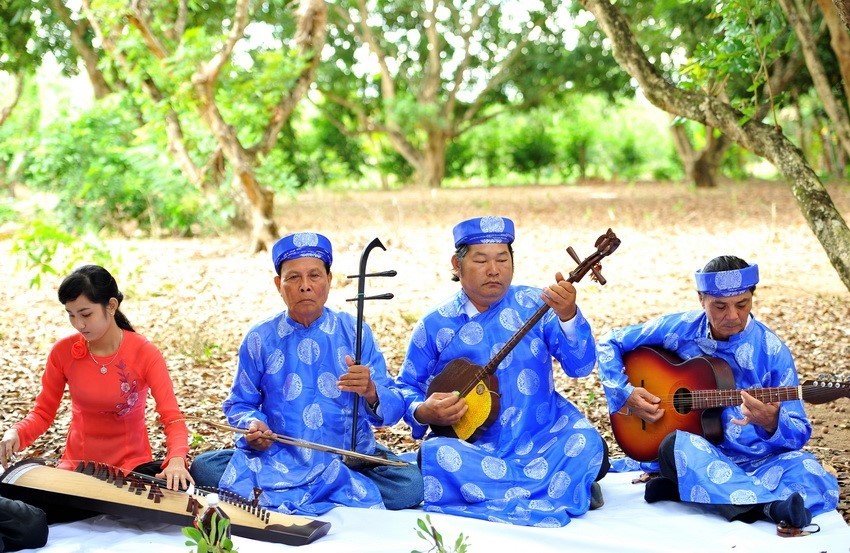
Don Ca Tai Tu is derived from the diversified cultural traditions of the central and southern of Vietnam. It is always considered an important feature in the social and cultural life of Vietnamese people and has become a cultural heritage value of mixing the influences of court music and popular music. This kind of art music has also been influenced by cultural exchanges with Chinese, Khmer, and Western populations.
Don Ca Tai Tu’s performances contribute to helping the community well-preserved the other cultural practices and customs, which are said to be associated with festivals, oral culture, and handicrafts. Till now, Don Ca Tai Tu is not only a cultural activity of the community but also makes a contribution to sustainable tourism in the local area.
Southern amateur music shows simplicity, and closeness to the people and often praises the beauty of life around them with songs inspired by national literature and art. The perfect combination of folk instruments and singing creates great artistic significance for amateur music.
Preservation and conservation
Don Ca Tai Tu has experienced new development, quickly spreading to provinces and cities nationwide. After being recognized as an intangible cultural heritage of humanity, it has been preserved and taught to the next generations by people artists, and artisans.
To avoid the situation where amateur music is lost over time, many clubs have been established to protect and develop this art form. Southern people still consider amateur music to be an important part of spiritual culture and indispensable in festivals, death anniversaries, weddings, and gatherings.
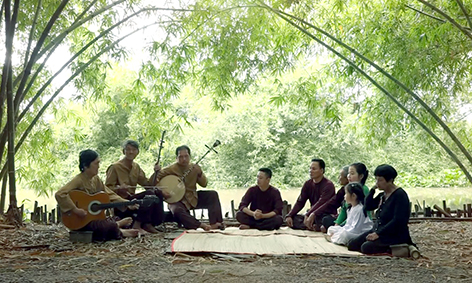
Conclusion
The art of Don Ca Tai Tu Music and Song in Southern Vietnam was recognized by UNESCO as an intangible heritage of humanity on December 5, 2013, the 8th intangible cultural heritage of Vietnam to be protected at the international level meets the criteria of tradition, continuous regeneration, and cultural harmony between ethnic groups.
The art of Southern amateur music is an important intangible cultural heritage and has been attached to the people of the West for more than a century. The contribution of Don Ca is not only the works but also the admiration of Vietnamese people and international tourists for this art.
The art of Southern amateur music has long become a spiritual part of the community, helping people connect, confide, and feel life through meaningful music. The special thing is that amateur music is also a source of spiritual motivation in work and daily life, forever attached to the people of the South for many generations.
Get an opportunity to visit Intangible World Cultural Heritage in Vietnam through Vietnam E-Visa!